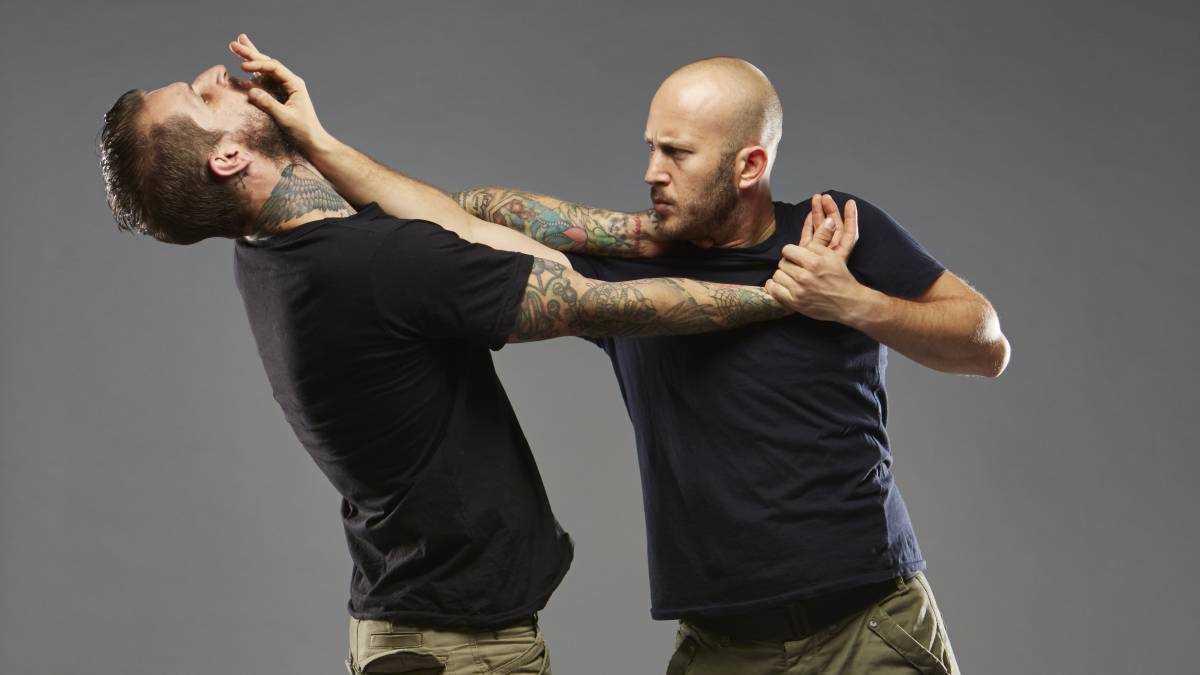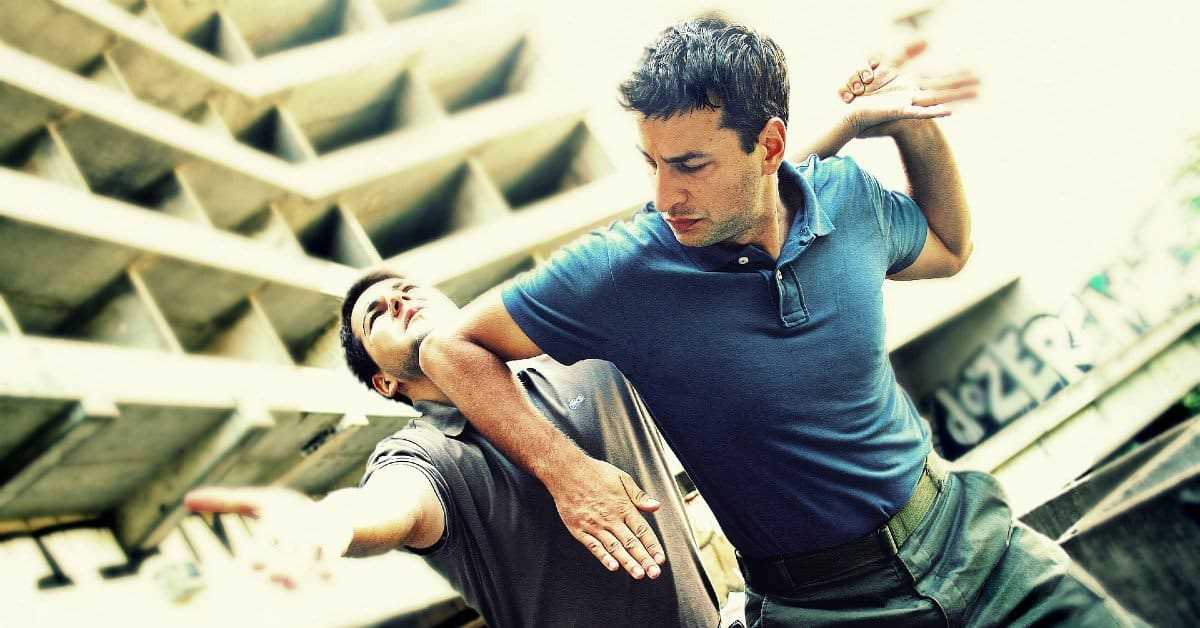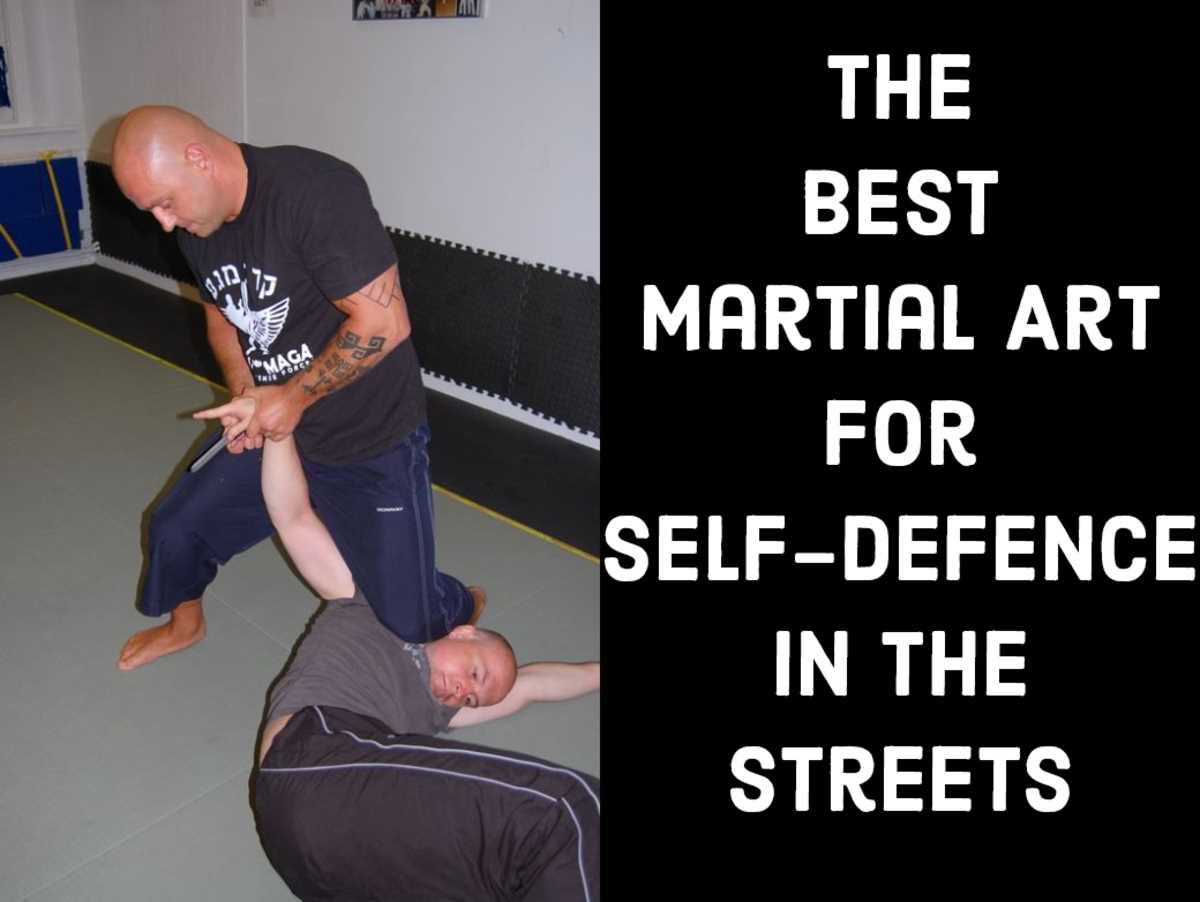
When it comes to self-defense in real-life situations, the question of which martial art is the best for street fighting often arises. Street fighting is unpredictable, chaotic, and can involve multiple attackers. It requires a practical and effective martial art that can be applied quickly and efficiently.
One martial art that is often recommended for street fighting is Krav Maga. Developed by the Israeli military, Krav Maga focuses on real-world self-defense techniques and is known for its effectiveness in street fight scenarios. It emphasizes practical techniques that anyone can learn quickly, regardless of their size or strength.
Another martial art that is popular for street fighting is Brazilian Jiu-Jitsu (BJJ). BJJ is a ground-based martial art that focuses on submissions and grappling techniques. It is particularly effective in close-quarters situations where the fight may end up on the ground. BJJ teaches practitioners how to neutralize larger opponents and defend themselves in real-life scenarios.
Boxing is also considered to be one of the best martial arts for street fighting. With its focus on punches, footwork, and defensive maneuvers, boxing can give you the tools you need to survive and prevail in a street fight. It teaches practitioners how to throw powerful punches and move quickly, which can be invaluable skills in a street fight where speed and power are crucial.
Ultimately, the best martial art for street fighting will depend on your personal preferences, physical attributes, and the time you are willing to invest in training. The most important factor is to find a martial art that suits your needs, provides practical self-defense techniques, and gives you the confidence to handle yourself in real-life situations.

Street fighting is not about winning trophies or impressing judges. It is about protecting oneself and others from harm in a potentially life-threatening situation. It requires a combination of physical skills, mental alertness, and the ability to make split-second decisions.
The Importance of Adaptability

In street fighting, adaptability is crucial. There are no rules or regulations to follow, and opponents may not fight fair. An individual must be prepared to use any means necessary to defend themselves, whether it’s striking, grappling, or using improvised weapons.
Street fighting techniques are often a combination of various martial arts styles, such as boxing, Muay Thai, Brazilian Jiu-Jitsu, and Krav Maga. By studying different techniques, individuals can develop a well-rounded skill set that can be used in different scenarios.
Defending Against Common Attacks

Understanding common street attacks is essential in street fighting. Some common attacks include punches, kicks, grabs, and chokes. By learning how to defend against these attacks, individuals can minimize the risk of injury and increase their chances of escaping the situation safely.
Strong strikes to vulnerable targets such as the eyes, throat, and groin are often effective in incapacitating an attacker. Proper footwork and body positioning can also help individuals maintain their balance and avoid being taken down by a stronger opponent.
Always prioritize personal safety and use your training responsibly.
The Importance of Martial Arts in Self-Defense

Self-defense is a crucial skill that everyone should possess. In today’s world, where violence can occur unexpectedly, being able to protect oneself is more important than ever. Martial arts provide valuable training that equips individuals with the necessary skills and mindset to defend themselves effectively.
One of the main reasons why martial arts are beneficial for self-defense is because they teach practical techniques that can be used in real-life situations. Unlike some other forms of physical activity, martial arts focus specifically on self-defense scenarios, teaching students how to respond to various attacks and how to neutralize threats efficiently.
Moreover, martial arts also emphasize the development of mental strength and discipline. In order to become proficient in any martial art, individuals must cultivate qualities such as patience, focus, and perseverance. These mental attributes enhance one’s ability to stay calm under pressure, make quick decisions, and react effectively in potentially dangerous situations.
Another vital aspect of martial arts is the improvement of physical fitness and overall health. Regular practice of martial arts helps to build strength, flexibility, and endurance, making individuals better prepared to defend themselves in confrontations. Additionally, martial arts training also improves coordination, balance, and agility, which are essential for executing techniques accurately and efficiently.
Furthermore, martial arts provide individuals with a sense of empowerment and confidence. Knowing that one has the skills and knowledge to protect oneself can significantly reduce fear and vulnerability. This increased self-confidence can also deter potential attackers, as confident individuals are less likely to be seen as easy targets.
The Best Martial Art for Street Fighting
When it comes to street fighting, choosing the right martial art can make all the difference in protecting yourself and staying safe. While there is no one-size-fits-all answer to this question, there are certain martial arts that are generally considered to be effective in real-life self-defense situations.
One of the most commonly recommended martial arts for street fighting is Brazilian Jiu-Jitsu (BJJ). BJJ focuses on ground fighting and grappling techniques, which can give you an advantage if you end up on the ground during a street fight. By learning how to effectively control and submit your opponent, BJJ provides you with valuable skills to defend yourself in close-quarters combat.
Another martial art that is often touted as being effective in street fighting is Krav Maga. Developed by the Israeli military, Krav Maga is known for its practical approach to self-defense. It emphasizes real-world scenarios and techniques that can be quickly learned and applied in dangerous situations. With its focus on neutralizing threats and escaping dangerous situations, Krav Maga can be a valuable martial art for street fighting.
Boxing is another martial art that can be highly effective in a street fight. Known for its punching techniques and footwork, boxing can help you deliver powerful strikes while also being able to avoid and evade attacks. With its emphasis on speed, agility, and precision, boxing can give you a distinct advantage in close-quarters combat.
Key Techniques for Street Fighting

When it comes to street fighting, there are a few key techniques that can make a significant difference. These techniques are designed to give you an advantage in real-world situations where the rules are thrown out the window. Here are some essential techniques to keep in mind:
| 1. Striking | One of the most important techniques in street fighting is striking. Being able to land powerful punches, kicks, and knee strikes can quickly disable an attacker and give you an opportunity to escape. It’s crucial to practice different types of strikes and work on your timing and accuracy. |
| 2. Clinching | Clinching is a valuable technique for close-quarters combat. It involves grabbing onto the attacker and controlling their movement to limit their ability to strike back. Clinching can be used to deliver powerful knee strikes, elbow strikes, or even takedowns if necessary. |
| 3. Defense | Effective defense is crucial in street fighting. Learning how to block and deflect incoming strikes can help protect yourself from harm. It’s essential to practice proper footwork, head movement, and understand how to maintain distance to avoid getting trapped or overwhelmed. |
| 4. Grappling | |
| 5. Awareness |
Remember, while these techniques can give you an advantage, street fighting should always be avoided if possible. It’s best to focus on self-defense training that emphasizes de-escalation, conflict avoidance, and non-violent resolution. However, if a physical confrontation becomes unavoidable, having these key techniques in your toolbox can help you protect yourself and escape to safety.
Combat Training for Street Fighting

When it comes to street fighting, having the right combat training is essential. Street fights are unpredictable and can happen suddenly, so it is important to be prepared. Here are some key aspects of combat training that can help in a street fighting situation.
1. Self-defense techniques: Learning self-defense techniques is crucial for street fighting. These techniques focus on practical and effective ways to defend yourself in real-life situations. Techniques such as punches, kicks, blocks, and grappling can help you to effectively neutralize an attacker.
2. Situational awareness: In a street fight, being aware of your surroundings is imperative. Combat training should include exercises that help to develop situational awareness skills. This involves being able to read body language, identify potential threats, and assess the environment for escape routes or objects that can be used as improvised weapons.
3. Mental and emotional preparedness: Street fights can be high-pressure situations, so combat training should also focus on building mental and emotional resilience. Training exercises that simulate the stress and adrenaline rush of a real fight can help prepare you mentally and emotionally for a street fighting scenario.
4. Stamina and physical fitness: Street fights can be physically demanding, so it is important to have good stamina and physical fitness. Combat training should include exercises that improve cardiovascular endurance, strength, and flexibility. This can help you to stay in the fight longer and increase your chances of survival.
5. Risk assessment and de-escalation techniques: In some situations, it may be possible to avoid a physical confrontation altogether. Combat training should also include lessons on risk assessment and de-escalation techniques. This involves being able to assess the level of threat, understanding when to walk away, and using verbal communication skills to defuse a potentially violent situation.
6. Realistic sparring: One of the most effective ways to prepare for street fighting is through realistic sparring. Combat training should include controlled sparring sessions that simulate real-life fighting scenarios. This can help you to develop the necessary skills, reflexes, and muscle memory to effectively defend yourself in a street fight.
Self-Defense Strategies for Street Fighting

1. Situational Awareness
Being aware of your surroundings is crucial in street fighting. Stay alert and pay attention to potential threats or dangerous situations. Avoid secluded areas and be cautious when walking alone at night. Trust your instincts and be ready to react if a situation escalates.
2. Verbal De-escalation and Assertiveness

Whenever possible, try to defuse a potentially violent situation through calm and assertive verbal communication. Use a confident tone and body language to demonstrate that you are not an easy target. Avoid escalating the conflict and try to find a way to disengage and remove yourself from the situation.
3. Use of Protective Tools

Carry non-lethal self-defense tools such as pepper spray, personal alarms, or a tactical flashlight. These can provide you with an extra layer of protection and help you create distance between yourself and your attacker, giving you the opportunity to escape.
4. Target Vulnerable Areas

If physical confrontation becomes inevitable, target your attacker’s vulnerable areas. The eyes, nose, throat, groin, and knees are all effective targets. Strikes to these areas can disable your attacker temporarily, giving you a chance to escape or seek help.
5. Training in Self-Defense Techniques

Remember, the goal of self-defense is to protect yourself and escape from dangerous situations. Avoid unnecessary risks, prioritize your safety, and always be prepared to defend yourself if needed.

I am a mural enthusiast and a fervent admirer of street art. Rather than creating murals myself, I am passionate about collecting them. My love for street art knows no bounds. I am dedicated to curating and cherishing these artworks that grace the streets. My collection stands as a testament to my profound appreciation for this form of artistic expression.
read about me



